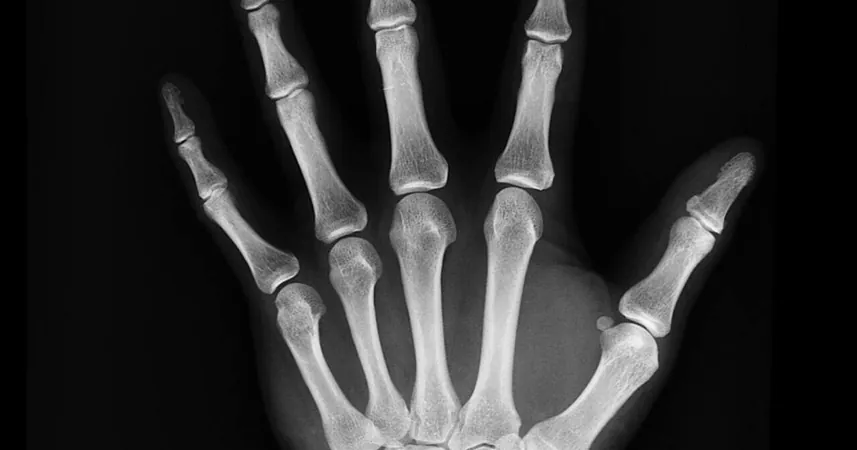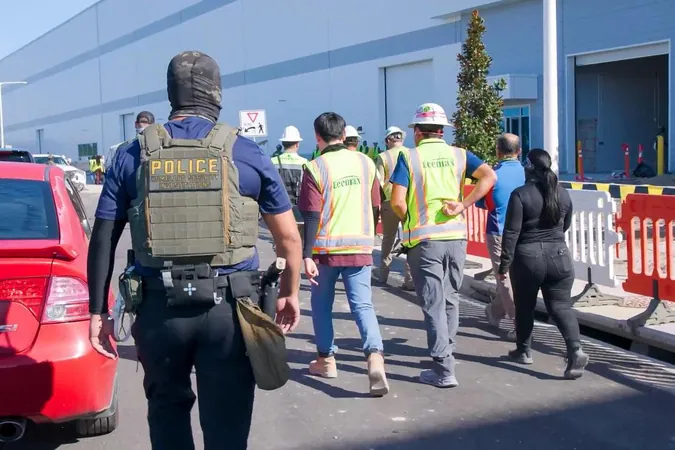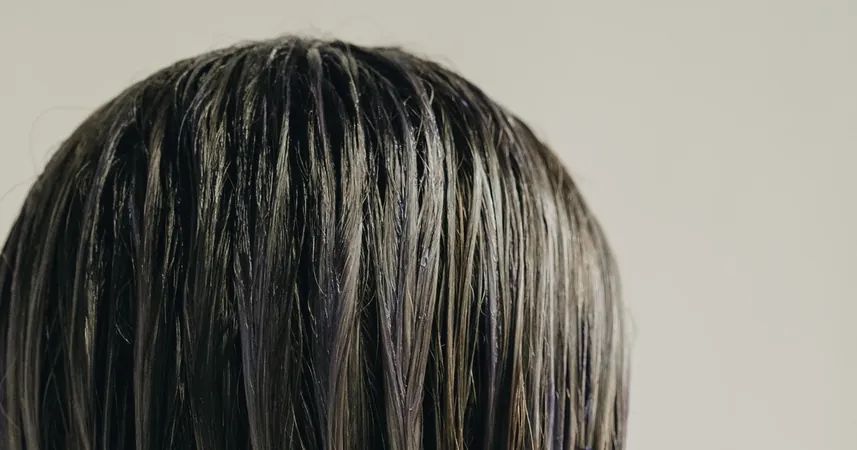
Revolutionary 3D Printing 'Glue Gun' Set to Transform Bone Fracture Repairs
2025-09-05
Author: John Tan
A Breakthrough in Bone Repair Technology
Imagine a device that can print custom bone grafts directly onto fractures—well, that dream is becoming a reality! A groundbreaking 3D printing 'glue gun' developed in South Korea is here to change surgical procedures forever.
Advanced Technology Ready for Human Trials
Following successful tests in rabbits, researchers are gearing up for human trials. This innovative tool merges the familiar concept of a glue gun with advanced 3D printing capabilities, allowing surgeons to create bone implants in real-time during operations.
Optimized Grafts for Personalized Healing
The team behind this technology has optimized their 3D-printed grafts to ensure maximum structural flexibility and promote natural bone regrowth. The device facilitates custom designs that match the unique contours of complex fractures without the tedious preoperative processes.
How It Works: The Science Behind the Magic
What makes this glue gun special? It uses a filament composed of hydroxyapatite (HA), a natural bone component that fosters healing, and polycaprolactone (PCL), a biocompatible thermoplastic. PCL melts at low temperatures, minimizing the risk of tissue damage while ensuring a snug fit against the jagged edges of broken bones.
Surgeon's Best Friend: Real-Time Adjustments
The compact tool allows surgeons to adjust the printing direction, angle, and depth as they operate, enhancing efficiency and reducing surgery time—what could be better for both patients and medical teams?
Fighting Infections with Smart Engineering
Infection is a major concern with surgical implants, and this new technology tackles that head-on. The filament incorporates vancomycin and gentamicin, two potent antibiotics that are released gradually, providing focused protection against post-surgery infections while minimizing the risk of antibiotic resistance.
Promising Results in Animal Testing
In tests involving severe femoral fractures in rabbits, the bonding success was impressive. After 12 weeks, the rabbits treated with the 3D-printed grafts showed remarkable bone regeneration without any signs of infection or necrosis—a significant improvement compared to traditional bone cement.
Looking Ahead: Preparation for Clinical Use
With plans to enhance the antibacterial capabilities and a transition to human trials on the horizon, researchers are excited about the potential of this device. Professor Jung Seung Lee emphasizes that regulatory approvals, standardized manufacturing, and rigorous testing are the next crucial steps.
The Future of Bone Repair Is Now
If successful, this 3D printing technology could revolutionize how we approach bone repairs during surgery. Imagine the possibilities of real-time, customized solutions directly in the operating room—it's a game changer for orthopedic medicine!




 Brasil (PT)
Brasil (PT)
 Canada (EN)
Canada (EN)
 Chile (ES)
Chile (ES)
 Česko (CS)
Česko (CS)
 대한민국 (KO)
대한민국 (KO)
 España (ES)
España (ES)
 France (FR)
France (FR)
 Hong Kong (EN)
Hong Kong (EN)
 Italia (IT)
Italia (IT)
 日本 (JA)
日本 (JA)
 Magyarország (HU)
Magyarország (HU)
 Norge (NO)
Norge (NO)
 Polska (PL)
Polska (PL)
 Schweiz (DE)
Schweiz (DE)
 Singapore (EN)
Singapore (EN)
 Sverige (SV)
Sverige (SV)
 Suomi (FI)
Suomi (FI)
 Türkiye (TR)
Türkiye (TR)
 الإمارات العربية المتحدة (AR)
الإمارات العربية المتحدة (AR)